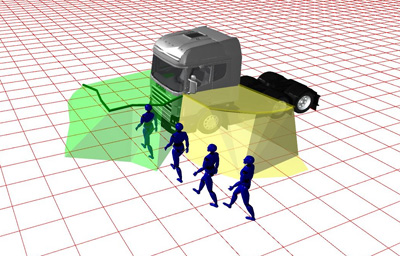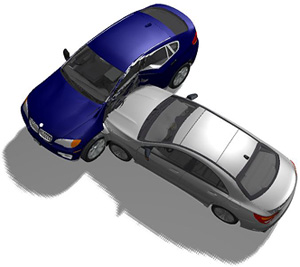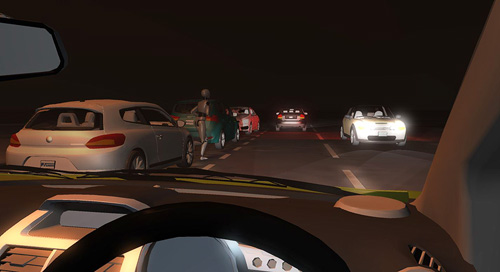 Making use of PC Crash, EdgeFX and ARAS/Faro 360HD & Reality software, we have the ability to produce 2D or 3D animations of most types of collision.
Making use of PC Crash, EdgeFX and ARAS/Faro 360HD & Reality software, we have the ability to produce 2D or 3D animations of most types of collision.
An important caveat here is that the viability of an animation for any specific case depends upon the available physical evidence, and the topics in question. We will always consider whether an animation is appropriate on a case-by-case basis.
We understand (and share the view) that a healthy level of caution should always be exercised when it comes to the topic of forensic animation.
 However, when used appropriately, and as long as its limitations are respected, forensic animation can be a particularly useful ‘tool in the box’ for exploring, or visualising;
However, when used appropriately, and as long as its limitations are respected, forensic animation can be a particularly useful ‘tool in the box’ for exploring, or visualising;
- Vehicle movements through the scene, for example along complex tyre marks
- The viewpoint of a witness or involved person in the moments preceding a collision
- The presence (or absence) of visibility obstructions caused by parked or moving vehicles, street furniture, etc.
- A range of speeds or times, or a comparison between different theories / scenarios to assess the validity or corollary of each scenario
- The areas of visibility or invisibility experienced by the drivers of large vehicles (i.e. the mapping of the mirror views and blindspots)

Animations can range from a 2D plan view using Google Earth imagery or a police plan as a background, to a full 3D environment created from total station data.
Where there is sufficient information, it is sometimes possible to correlate our animations with any existing CCTV video, and then animate the views of other parties involved in the incident.
We often receive feedback from our clients that animations (even if only in a simplistic form) can help them to visualise the various issues, speed / time ranges, or scenarios pertaining to a collision, at an early stage.
